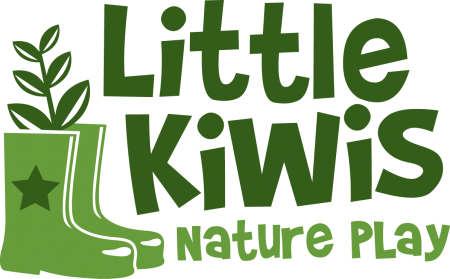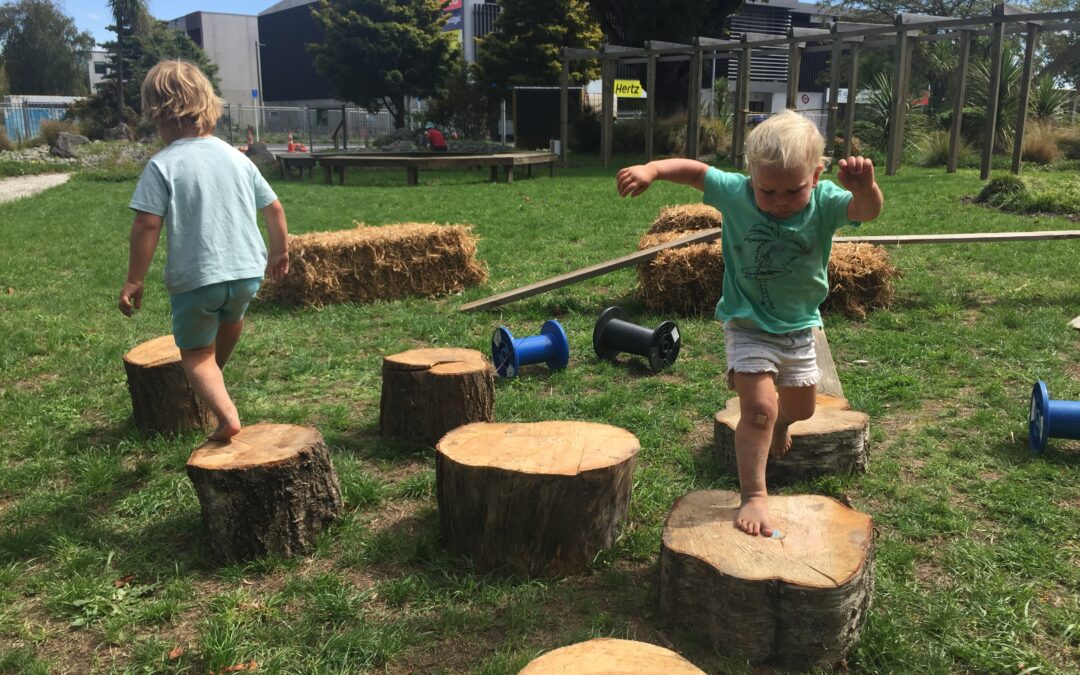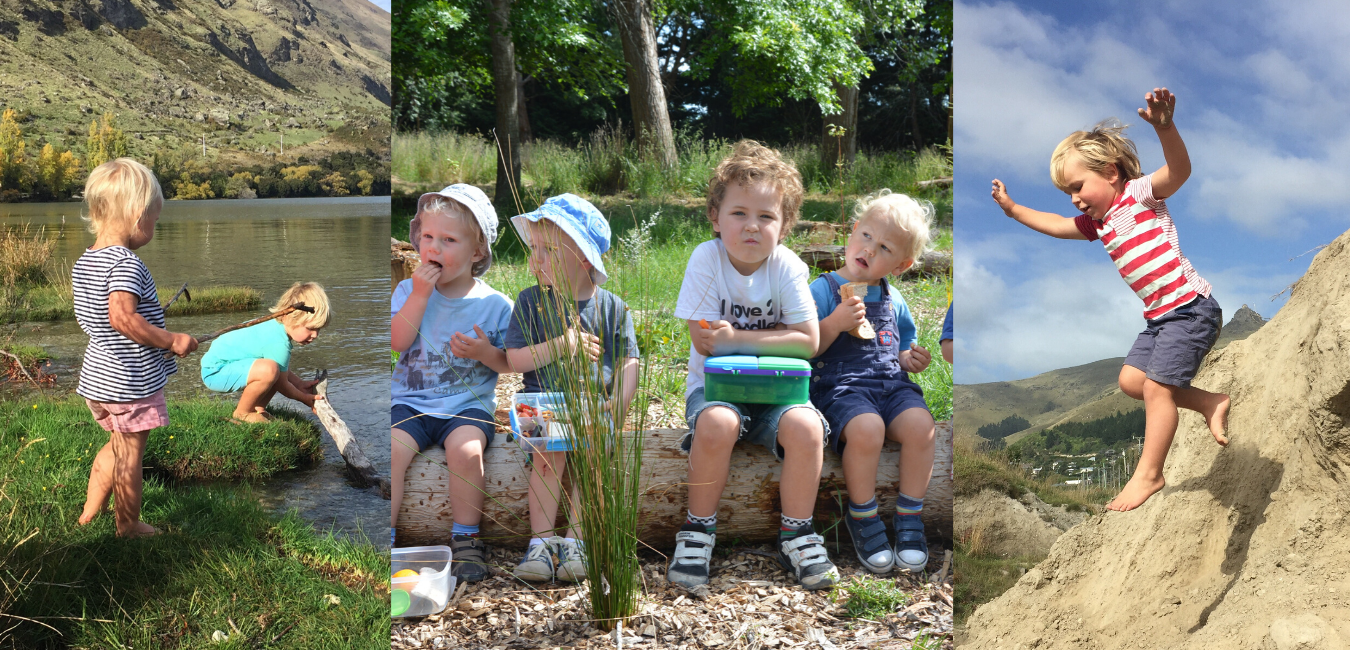The outdoor classroom is an under-utilised space, full of incredible natural potential. It is a great place for learning and it supports the overall development of children alongside dispositions and key competencies that help them succeed in life.
So why is it not used that much when it is right there? Literally just outside. Te Whariki and the NZ Curriculum provide so many opportunities for outdoor play and teaching outside so what is it that stops it being used more?
One thing that teachers often tell me is that they want more practical skills for the outdoor classroom, but when teachers finish a workshop with me, it is less about the practical skills and more about the confidence they have gained to start using their outside space.
Here are 5 starter tips to get you started, that will help build your confidence and get you thinking about how to use the outdoor classroom more with your tamariki.
1. WHAT’S YOUR PURPOSE
Know why you are doing it. What does success look like when teaching outdoors? Start with what is the purpose for using the outdoor space. What are you hoping to achieve, what are the outcomes? These answers will be influenced by your settings philosophy, the age group you are working with, your teaching team and your physical environment. It is also worth considering that within school settings there could be both play and direct teaching in the outdoor classroom. I am an advocate of play, and it’s good to acknowledge that both happen and both have value.
2. HOW CHILDREN PLAY
Develop a deeper understanding on how children play outdoors, what schema or play urges are, the importance of risky play in the outdoor classroom and the value of loose parts. When we know how they play we are better equipped to recognise what they are developing through that play, what they need to evolve their own play and schema, and what the links to the curriculum are.
3. TEACHERS ROLE
Know what your role is so you can respond accordingly. On any given session, depending on the purpose, your role may change slightly but there are a couple of things that will remain the same. Aside from risk management, observation and facilitation are two key roles that educators take on in the outdoor classroom. Observation of what play is happening, any urges or themes that are standing out and what areas of the curriculum these might link to. When we have this information we can then decide how we respond. In your own setting it is often about providing the resources needed that meet the children’s interests and inquiries.
Facilitation is often used to support children when there is a disagreement that the children are finding hard to resolve themselves. This is a neutral role and requires the teacher to remain free of judgment. Teachers scaffold the conversation so that the children learn to take turns talking, listening skills and problem-solving for a solution.
4. INVOLVED TAMARIKI
Involve the children as much as possible. From setting up the outdoor classroom and the design of it, to managing the safety and day-to-day care of the space. The more children are involved the better it is for not only their development, confidence and well-being but also for their connection and sense of belonging to their local environment.
5. RELATIONSHIPS
Lastly is having strong relationships with your children. I am not just talking about being friendly with them and a general chat about the weather. I am talking about those deeper heart-centred relationships where you know how they think, who they are, what inspires and motivates them. When we have these strong relationships, we develop trust and trust grows self-confident, empowered tamariki. The outdoor classroom is based on trust and will ensure that everyone has a more enjoyable time while there.


